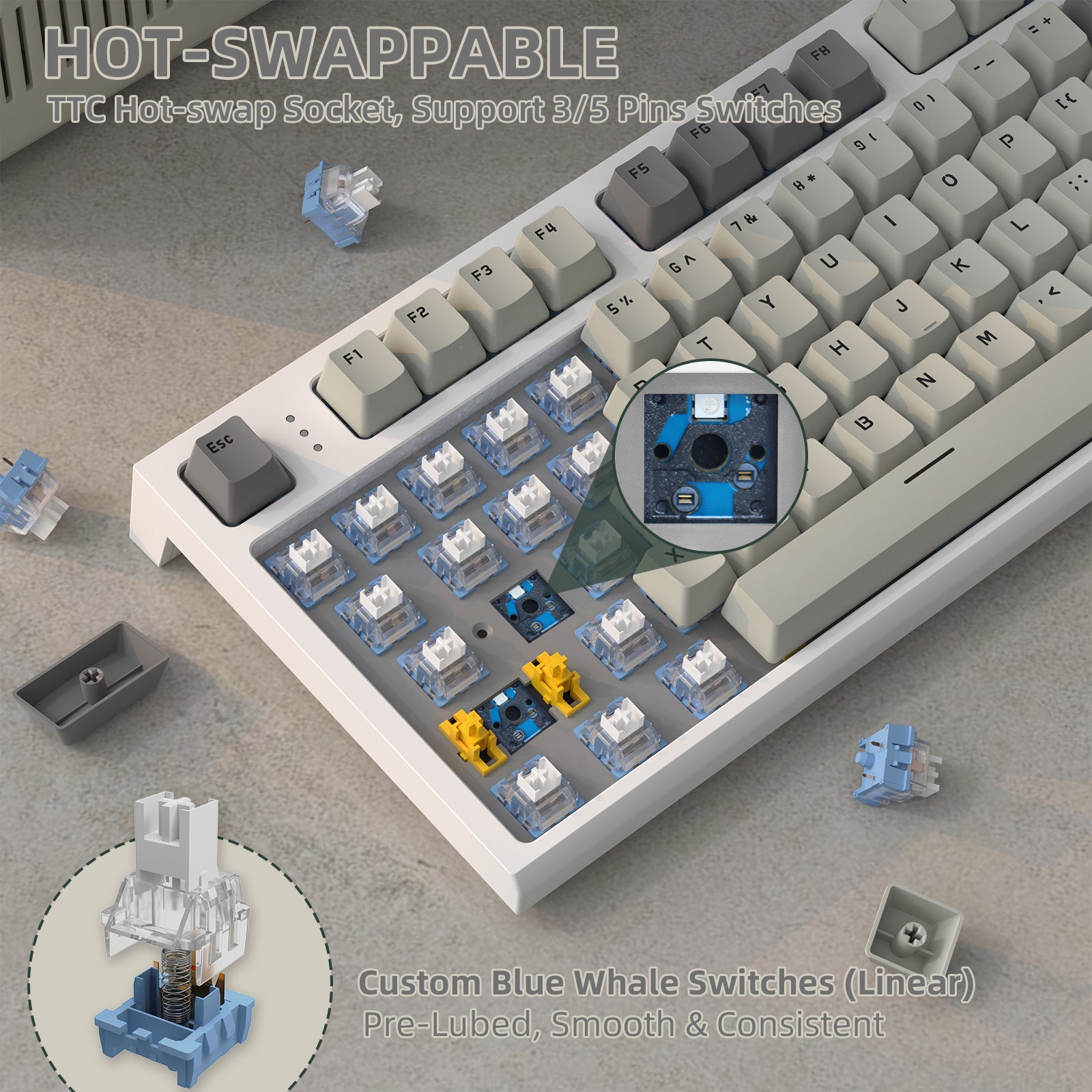In an age where digital communication is paramount, the tactile-feedback keyboards have emerged as a significant innovation in enhancing the typing experience. These keyboards provide users with a physical response to their keystrokes, making typing more intuitive and satisfying. But how did we arrive at this point? Let’s delve into the evolution of these remarkable devices.

Understanding Tactile-Feedback Keyboards
Tactile-feedback keyboards are designed to give users a noticeable response when a key is pressed. This feedback can come in various forms, such as a slight bump or a click sound, which signals that the key has been activated. This feature is particularly beneficial for typists, programmers, and gamers who rely on precision and speed. But what makes these keyboards so appealing?
- Enhanced Typing Speed: The feedback allows users to type faster with fewer errors.
- Improved Comfort: The tactile response reduces finger fatigue during long typing sessions.
- Increased Accuracy: Users can feel when a key has been pressed, which minimizes accidental keystrokes.
The Historical Context of Tactile-Feedback Keyboards
The journey of tactile-feedback keyboards began with the mechanical keyboards of the 1980s. These early models featured individual mechanical switches for each key, providing a satisfying tactile response. As technology progressed, manufacturers began to explore membrane and rubber dome keyboards, which offered a quieter typing experience but often lacked the tactile feedback that many users craved.
In recent years, the resurgence of mechanical keyboards has reignited interest in tactile feedback. Brands like Cherry, Razer, and Logitech have developed advanced mechanical switches that cater to different preferences, from soft tactile bumps to audible clicks. This evolution has led to a diverse market where users can choose keyboards that best suit their typing style.
Benefits of Tactile-Feedback Keyboards
Why should you consider investing in a tactile-feedback keyboard? Here are some compelling reasons:
- Ergonomics: The design of these keyboards often promotes better hand positioning, reducing strain.
- Customization: Many tactile-feedback keyboards come with customizable keys and backlighting options.
- Durability: Mechanical switches typically last longer than their membrane counterparts, making them a wise investment.
Choosing the Right Tactile-Feedback Keyboard
When selecting a tactile-feedback keyboard, consider the following factors:
- Switch Type: Different switches offer varying levels of tactile feedback and sound.
- Layout: Choose between full-size, tenkeyless, or compact layouts based on your needs.
- Build Quality: Look for keyboards made from durable materials to ensure longevity.
In conclusion, the evolution of tactile-feedback keyboards has significantly transformed the typing experience. With their unique features and benefits, these keyboards cater to a wide range of users, from casual typists to professional gamers. As technology continues to advance, we can expect even more innovations in this space, further enhancing our digital interactions.








